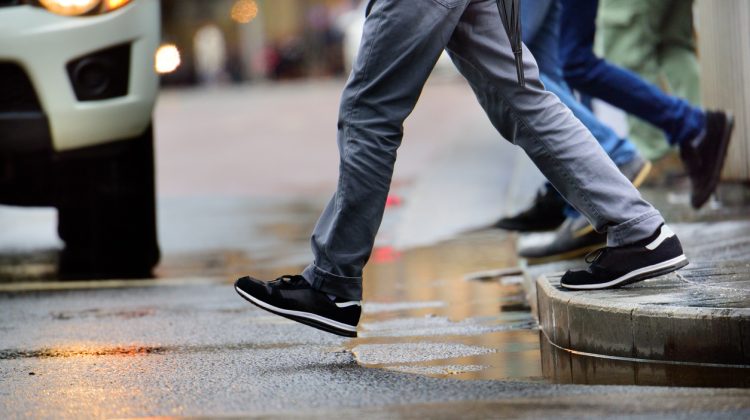In most cases, wearing a seatbelt can save your life and protect you from life-changing injuries. From preventing ejection from the vehicle to keeping passengers in place during a rollover, it’s important to fasten your seatbelt anytime you are in a moving vehicle. But just because you are wearing a seatbelt, it does not mean that you will be completely scratch and injury free. In serious accidents, seatbelts can leave you with fractures, scrapes and bruises that require immediate treatment. According to a car accident lawyer at Knowles Law Firm in Omaha, “A medical professional is well-trained to recognize the tell-tale signs of injuries, especially those involving a head-injury which often goes undetected until it’s too late.” Here are the 5 most common injuries caused by seat belts
Abrasions/Lacerations
In many cases, seat belts can cause external injuries as well as internal. The combination of the tightness of the seatbelt and the texture of your clothing can cause rubbing against your skin that can leave you with bruises and tiny cuts. These can appear as an imprint of the seat belt on the skin or affect any area that the belt touches. If you notice lacerations from your seat belt after an accident, be sure to get your wounds treated to avoid a skin infection.
Soft-Tissue Injury
The pain from the impact of a seatbelt may not be immediately noticeable but the pressure can cause injury to the soft-tissue of your abdomen. Even though there isn’t immediate pain, you may experience some later on. If you’ve been in a car accident and feel as though you are fine, you should still be evaluated by a medical professional to rule out internal bleeding or the possibility of having issues with internal organs later on.
Shoulder
The intense force of a seatbelt tugging against can cause serious damage to the driver or passengers shoulder. In addition to abrasions or lacerations, muscle fibers and tendons can be torn, resulting in excruciating pain. Applying ice to the area can reduce inflammation and taking part in physical therapy can aid in recovery.
Chest
The pressure from the seatbelt can also affect your chest and sternum, as it is a direct point of impact. Any injury that affects the sternum, which is the bone in the middle of the chest that attaches to the ribs, can also affect the lungs and the heart. If you experience soreness in the chest after a car accident, contact a medical professional immediately.
Ribs
The most common seatbelt injuries usually affect the ribs in most motor vehicle accidents. The restraining force of the seatbelt can be so powerful that it can bruise or fracture your ribs. This can lead to months of healing and pain. It’s crucial to visit a doctor if you think that you may have a broken rib, as a dislocated bone could puncture your lungs or your heart.
Sometimes it’s the things that are supposed to keep us safe that cause the most damage. When worn properly, seat belts can help drivers and passengers survive what could be a fatal crash. If you’ve been in a car accident, you should visit a doctor as soon as possible.





No Comment